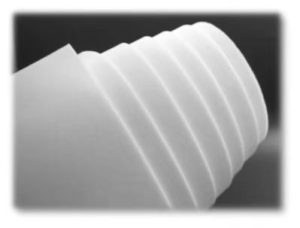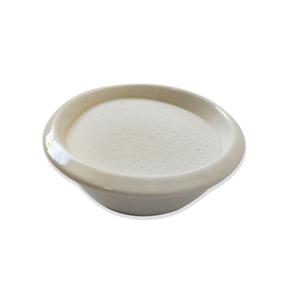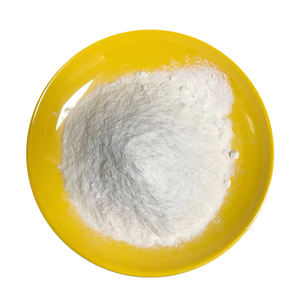Professional industry ceramic supplier, silicon nitride, silicon carbide, aluminum nitride and any other kinds of ceramics.
1. Introduction
Silicon carbide crucibles are essential tools in metallurgy, foundries, and advanced ceramics manufacturing thanks to their exceptional thermal conductivity, chemical inertness, and resistance to thermal shock. But even the toughest crucible can fail prematurely if mishandled. Whether you’re melting aluminum, casting precious metals, or working in a lab setting, knowing how to properly use and care for your silicon carbide crucible is critical.
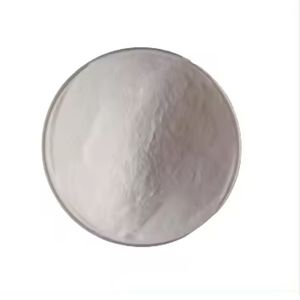
In this guide, we’ll walk you through everything—from initial preparation to daily maintenance—and clear up common misconceptions about related materials like boron carbide vs silicon carbide or silicon nitride crucibles.
2. Understanding Your Silicon Carbide Crucible
A silicon carbide crucible is made from advanced ceramic composites, often reinforced with graphite or other binders to enhance strength at high temperatures (up to 1600°C or more). Unlike alumina (Al2O3) or zirconia crucibles, silicon carbide offers superior thermal shock resistance and faster heat transfer—ideal for repeated heating and cooling cycles.
Don’t confuse it with silicon nitride crucibles, which are used in more specialized applications requiring extreme oxidation resistance. While both are advanced ceramics, they serve different purposes. Similarly, boron carbide vs silicon carbide comes down to hardness versus thermal performance—boron carbide is harder but less thermally conductive.
3. Step-by-Step: How to Use a Silicon Carbide Crucible Safely
3.1. Preheat Gradually
Never place a cold silicon carbide crucible directly into a hot furnace. Thermal shock is the #1 cause of cracking. Instead, ramp up the temperature slowly—start at 200–300°C for 30 minutes, then increase in stages until you reach your target melt temperature.
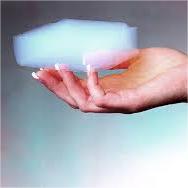
- Always preheat empty crucibles before adding metal or material.
- Avoid rapid cooling; let the crucible cool inside the furnace when possible.
3.2. Avoid Contamination
Residues from previous melts—especially reactive metals like magnesium or zinc—can degrade the crucible lining over time. Always clean thoroughly between uses.
- Never use steel tools that can scratch or embed iron particles.
- Use dedicated scoops or tongs made from non-reactive materials like graphite or ceramic.
3.3. Load Correctly
Overfilling stresses the crucible walls and increases spill risk. Fill only to 70–80% capacity to allow room for expansion and stirring.
- Ensure the crucible sits level in the furnace to prevent uneven heating.
- Don’t drop solid charge material into the crucible—it can cause microfractures.

4. Common Problems and Solutions
4.1. Cracking or Spalling
This usually stems from thermal shock or mechanical impact. Solution: Always follow gradual heating/cooling protocols and handle with care.
4.2. Glazing or Slag Buildup
Repeated exposure to fluxes or molten salts can form a glassy layer that traps contaminants. Solution: Gently remove buildup with a ceramic-safe scraper or light sanding using a silicon carbide grinding disc.
4.3. Reduced Lifespan
If your crucible fails after just a few uses, check your operating temperature. Exceeding the recommended limit (often 1400–1600°C depending on grade) accelerates wear.
5. Maintenance and Storage Tips
After each use, let the crucible cool completely before cleaning. Brush off loose debris and store in a dry, dust-free area.
- Never immerse a hot or warm crucible in water.
- Store upright on a silicon carbide ceramic tile or shelf to avoid stress on the base.
For long-term storage, wrap in a breathable cloth—not plastic—to prevent moisture absorption.
6. When to Replace Your Crucible
Even with perfect care, all crucibles wear out. Replace yours if you notice:
- Deep cracks or holes in the wall
- Significant thinning of the base
- Persistent contamination that won’t clean off
Using a damaged crucible risks catastrophic failure during melting—never take that chance.
7. Bonus: Silicon Carbide Beyond Crucibles
While this guide focuses on crucibles, silicon carbide is widely used across industries. You’ll find it in silicon carbide ceramic tiles for kiln linings, rbsic silicon carbide tile blocks for furnaces, and even in consumer goods like silicon carbide ceramic baking dishes or dinner plates.
It’s also used in high-performance parts like silicon carbide burner nozzles, silicon carbide tubes for thermocouple protection, and silicon carbide ceramic columns in filtration systems. Its versatility makes it a cornerstone of advanced ceramics manufacturing.
8. Conclusion
A silicon carbide crucible is a powerful, durable tool—but only if treated with respect. By following proper preheating, loading, and cleaning procedures, you’ll extend its life, ensure consistent results, and avoid costly accidents. Remember: patience during heating and cooling pays off in performance and safety. Whether you’re in a foundry, lab, or artisan workshop, mastering these basics makes all the difference.
Our Website founded on October 17, 2012, is a high-tech enterprise committed to the research and development, production, processing, sales and technical services of ceramic relative materials such as How. Our products includes but not limited to Boron Carbide Ceramic Products, Boron Nitride Ceramic Products, Silicon Carbide Ceramic Products, Silicon Nitride Ceramic Products, Zirconium Dioxide Ceramic Products, etc. If you are interested, please feel free to contact us.

